Enhance Your Long-Haul Travel Experience
Travel Hacks for a Better Long-Haul Journey

Top four travel hacks
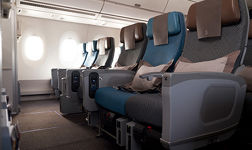
Strategic seat selection

Stay active
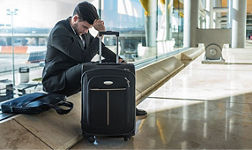
Avoid jet lag

Stay hydrated
Choose your seat strategically
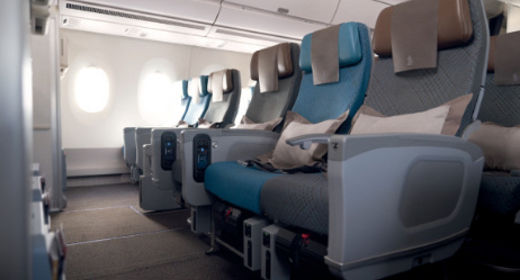
Choosing your seat on a plane is crucial for a comfortable travel experience. Assess your preferences, like aisle or window seats, and research the aircraft layout to make an informed decision. Window seats are favored by those seeking rest, providing a cozy nook for better sleep quality. On the other hand, aisle seats offer freedom of movement and easy access.
Consider your proximity to the engines too, as seats in front offer a quieter ambiance, minimizing disruptions from engine noise. Additionally, seats in the middle area have advantages; despite potential noise, turbulence intensity is lower.
Stay active during the flight
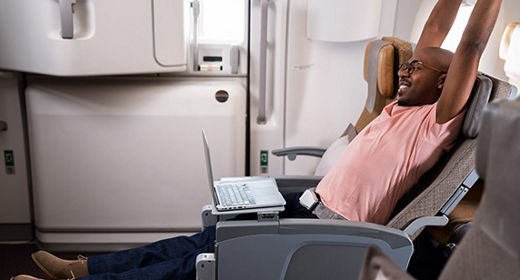
Remaining active during a long-haul flight is vital for your physical comfort and overall well-being. Extended periods of sitting can cause discomfort, stiffness, and potential health risks like deep vein thrombosis (DVT). Incorporating easy exercises and movements during the flight can enhance blood circulation, ease muscle tension, and lower the risk of blood clots.
To stay active throughout the journey, try simple exercises like ankle circles, leg lifts, shoulder rolls, and neck stretches while seated. Additionally, take regular walks up and down the aisle to encourage circulation, prevent stiffness, and enhance blood flow.
Get ahead of jet lag
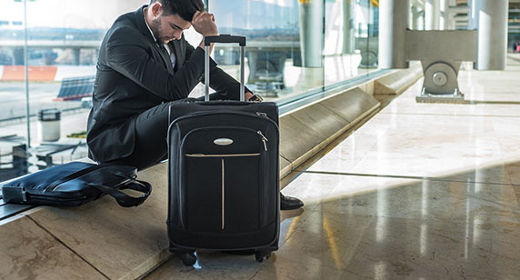
To minimize the effects of jet lag, several natural strategies can be employed. Adjusting light exposure before travel is a crucial strategy for regulating your circadian rhythm and facilitating adaptation to the new time zone upon arrival. By controlling exposure to light and darkness in the days leading up to your trip, you can manipulate your body's internal clock to align more smoothly with the destination's time zone.
Aligning flight schedules with your waking time and staying active during the journey, while avoiding caffeine, alcohol, and long layovers, can mitigate jet lag. Upon arrival, exposure to natural light, regular meal times, and limited naps assist in adapting to the new environment. Don’t forget to to pack essentials like a neck pillow and earplugs for better sleep during the journey.
Stay hydrated and choose the right clothing

Maintaining adequate hydration levels is essential for overall health during a long-haul flight, as dehydration can lead to discomfort and fatigue. Make it a priority to drink water regularly throughout the journey to keep your body hydrated and functioning optimally.
Additionally, wearing comfortable attire, such as loose-fitting clothing and breathable fabrics, is vital for promoting relaxation and reducing the risk of discomfort associated with prolonged sitting. Choose clothing that allows for ease of movement and airflow to ensure a more pleasant travel experience.
Highlights

Free Wi-Fi on board

Theatre in the Sky

Premier Cabin Comfort
